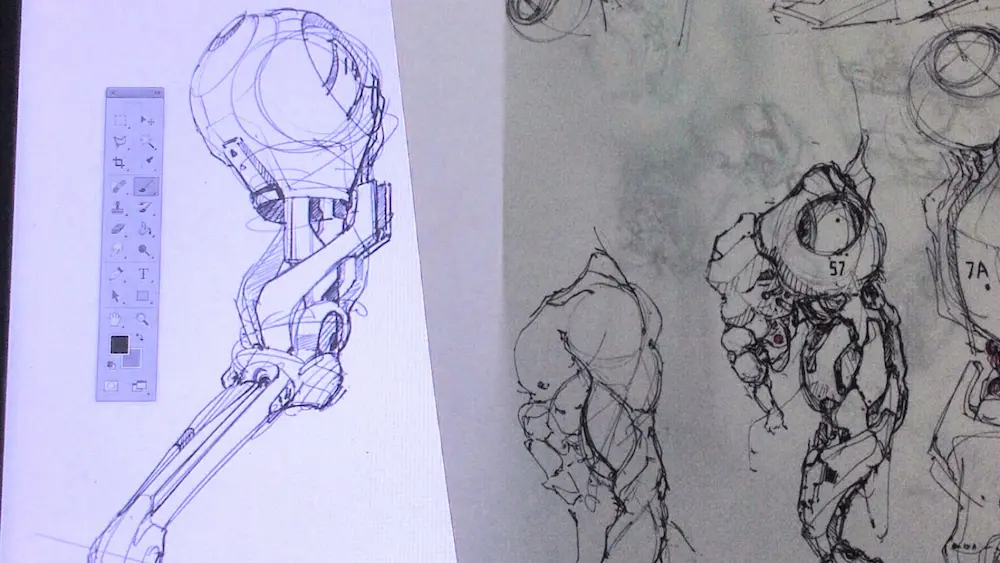
Sometimes we feel like a genius when an idea pop in our mind.
- However, should you trust that first idea that fast?
- Will you regret afterwards?
Let me share with you how I discovered the first idea is so often Toxic.
Teachers: “Do not stop at your first idea.“
As a young student,
it was tough to find ideas that follow a brief – Why?
Because we just didn’t know how to.
So when an idea suddenly pops out in our mind – we told ourselves:
“Eureka!”
That’s the best idea! It was at least our feeling.
We were so happy to have one that we did not even try to test it or reconsider it.
“That idea is THE ONE!”.
Our brain outrageously lied to ourselves to give us an illusion of confidence (while we actually scare of not finding any other, and realize we are no good designer).
The beginner mistake was to keep that first idea as it is, in its raw version
– and we didn’t bother to look for more. We were maybe too scared or too lazy. Most probably both.
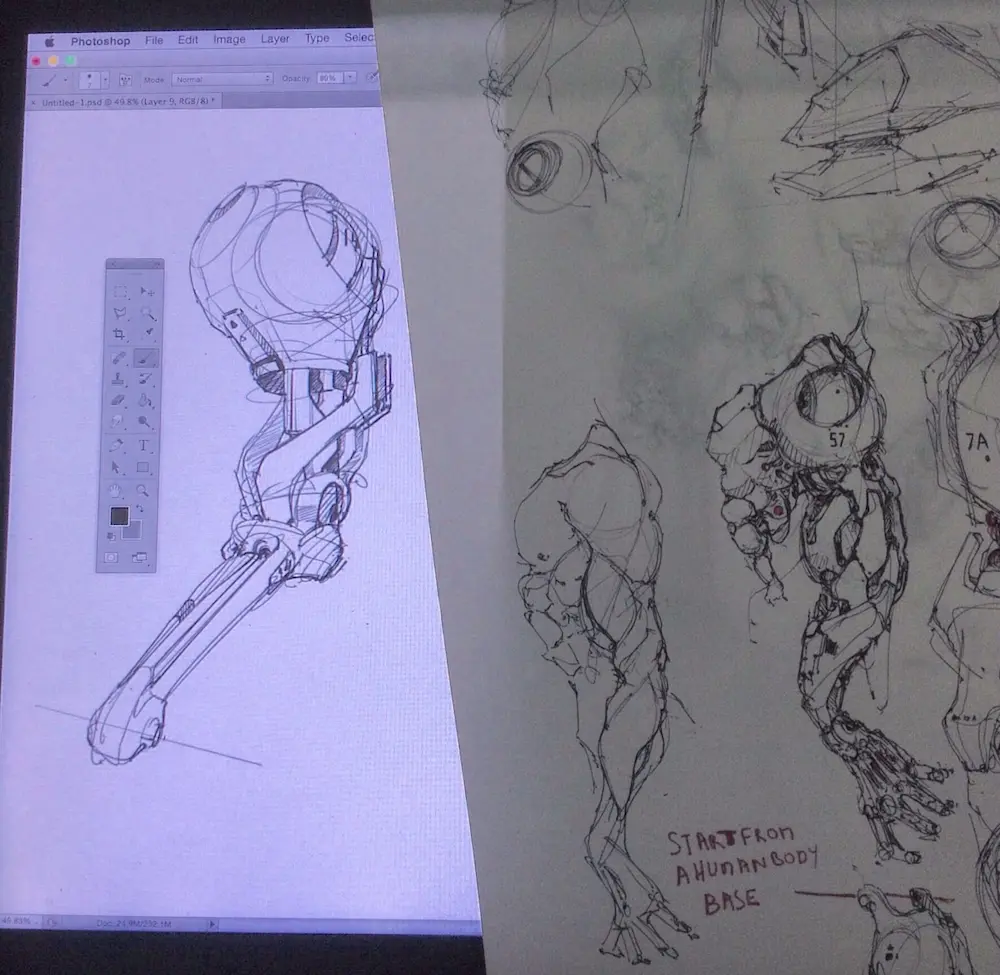
Of course, we were technically wrong.
The genius idea that appears suddenly is a myth.
It is a misconception of how designers work.
I share here the 5 Creative phases of a Design project.
The genius idea that doesn’t need to be further explored, polished is a myth.
Whenever you have an idea, it is just the beginning of an exploration.
Nourish your idea, make it grow and you will expand the horizon of your creativity!
You will find new gems along the way.
Idea Exploration is a must
At school, our project evaluation judged both:
- the final presentation
- but also our research!
The teacher wanted to know how did we get to that result.
And of course, he helped and challenged us along the way.
We had to deliver each week so many pages of new ideas and sketches!
Quantity mattered.
We didn’t have time to make nice sketches, at this point we didn’t know how to anyway.
There was so much homework that we couldn’t learn properly how to draw.
We didn’t know how to make beautiful sketches or even a comprehensive one.
So frustrating… haha. And we still had to provide a multitude of various proposals, ideas, visual notes…
We had to define a maximum of axis of research.
In other words, trying to approach the problem from different angles.
What the school wanted to teach us is that ultimately,
- Ideas matter more than a pretty sketch.
- Also a designer needs to be resourceful to express their ideas.
Ultimately, learning how to sketch came up urgent for us.
Tip: Instead of drawing your product spending most of your time drawing its aesthetic and cool features – focus first on how people will use it. Create scenarios of usage.
Most students don’t create scenarios, or do not do it enough.
If you want to create a great project, take time to think about people needs and the environment first.
Every week, our teacher sat beside us and reviewed all our ideas so we could discuss it with him in one to one. These few minutes per week was priceless.
So we knew how to improve our project for the week after.
Another trick is to provoke your new ideas asking: What if…
Get out of the comfort zone to find ideas
When we are beginner,
we have not built that self-confidence in our own creativity and sketching skills yet.
We felt so limited.
So we procrastinate.
How? By finding excuses.
At this point, we rather have an average sketch than taking the risk of getting better ideas but with a bad sketch… Big mistake. Can you feel how toxic is this relationship with that first idea?
Put yourself a little bit more in danger every day.
And you will grow your sketching skills like crazy for your exam and degree.
Why are we acting with so little logic? Because we act under fear.
We are afraid of showing weakness.
However, we should be happy to fail as nobody can blame us.
Be proud of being a young student that knows nothing.
You can only improve, right?
Anyway, a school is made for learning anyway.
Remember, the best time to experiment and learn is at school.
After that, you will face the real world.
Better fall and get up many times while you can. :)
So stop procrastinating, don’t be afraid and develop your creative potential fully!
Don’t trap yourself.
Longer you procrastinate, longer you stagnate and see your classmate making progress.
Higher will be your stress, and you may start feeling guilty.
Your private school won’t “fire you” as you represent a big potential of revenue.
So you may pass at an average level.
But people will rise their expectations much faster than your actual progress.
Start learning from start means start learning how to fail from start.
Your teacher will accompany you along the way, direct you, and cheer you up when you face difficulties.
Don’t try to act cool and hide your mistakes.
That’s pretty much a superficial reaction that will not serve you at school.
Have you ever seen someone blaming a baby learning how to walk?
He walks, fails, and tries again. Then one day he will stand up.
Then he starts learning how to jump and run.
So please, don’t act dumb. Hehe.
Don’t put your pride in the wrong place, and learn how to fail daily.
That’s the only way you will know how to get up faster and better than anyone else.
Push your own limits and you will get long term results!
“If you want something you have never had, you must be willing to do something you have never done. “
– Thomas Jefferson.
As a senior student,
a common mistake is to focus on doing a great rendering, but with a low level of research.
I can tell you that you won’t want to put yourself in the situation
you worked for hours, or even all-nighter in rush for something beautiful that will actually be rejected.
Play the game of making a lot of research from the start of your design school
and you will discover that you will enjoy producing ideas more than sketching itself!
You will like it so much than we struggle at defining when you choose to stop.
That day, you will fully use sketching as a tool.
During the exploration phase of research, sketching is a tool that serves your creativity, not the opposite.
You will gain experience at school along with your projects,
that’s how you will sharpen your “creative intuition”.
The condition is to do not to be afraid of making bad sketches. Ok?
During your professional life, you can’t escape that phase of research.
Whether internally of your company or with your client, you will have to go through at least 2 or 3 phases of idea discussion.
So you make sure to develop the project WITH your colleagues and/or the client.
You don’t want to work for hours, give a beautiful presentation, and get rejected.
Same scenario as in school.
Potentially, your research worth more than your final presentation.
TIP: Bring one of your research books with you at the job interview. It’s ok if your sketches are not that great inside. Your ideas are authentic.
Sketching is just one side of design.
Complement both creativity and sketching skills together
and you will create magic things from your own imagination!
Cheers,
Chou-Tac
Here is a challenge I gave to myself:
Fill 18.5metters of a roll of paper of research about mecs (robots) in 1 week!
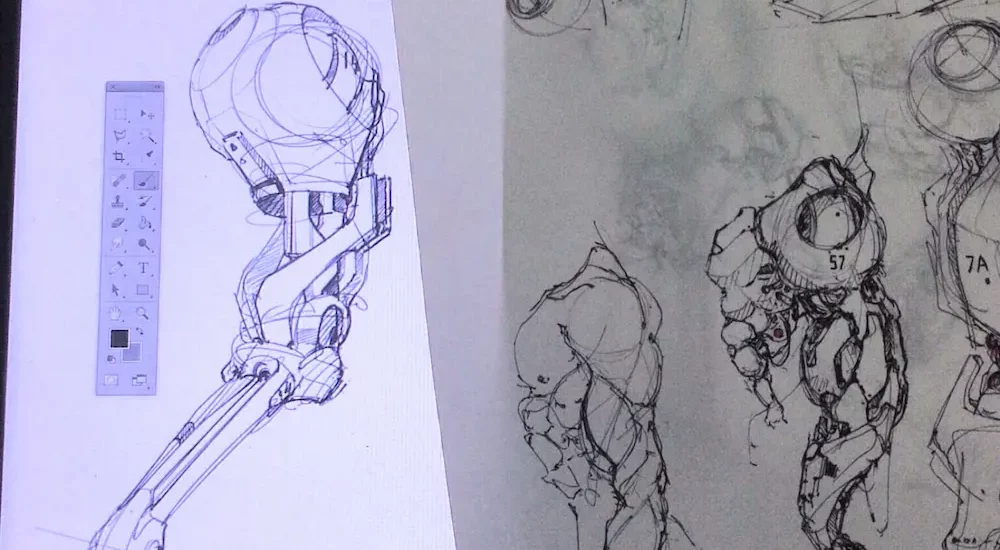
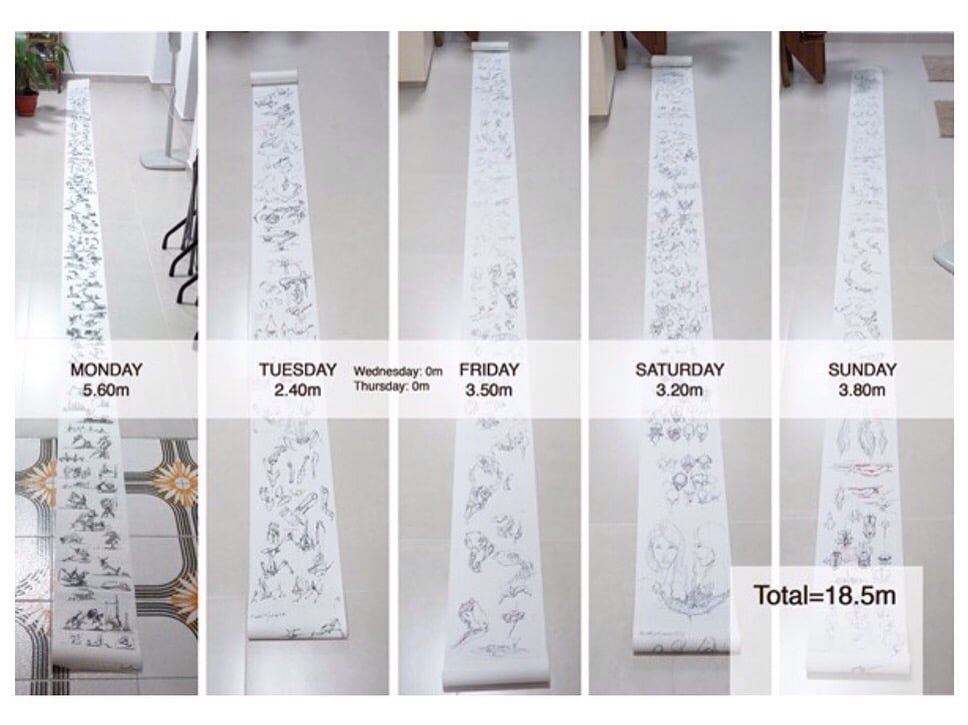
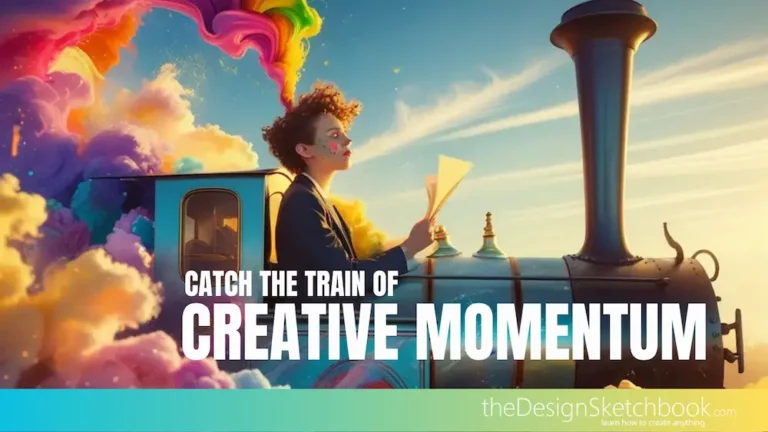
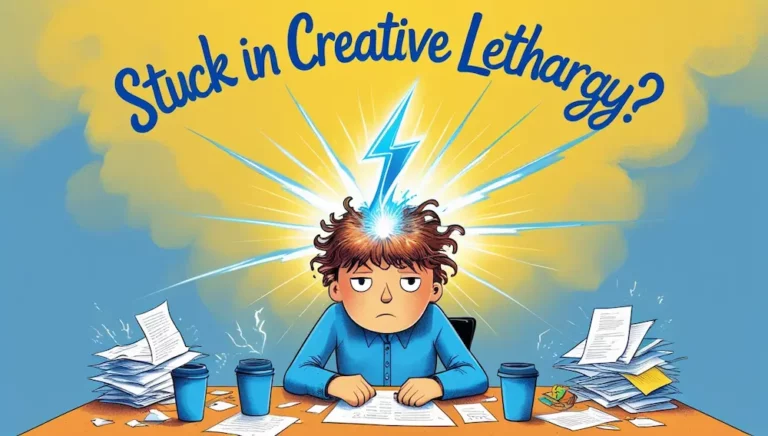
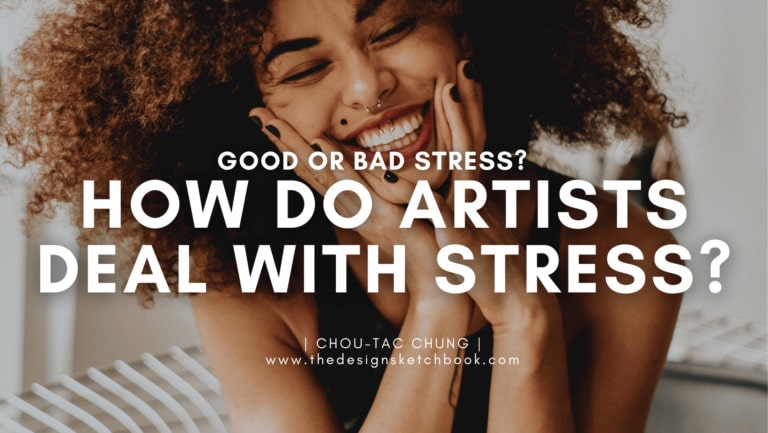
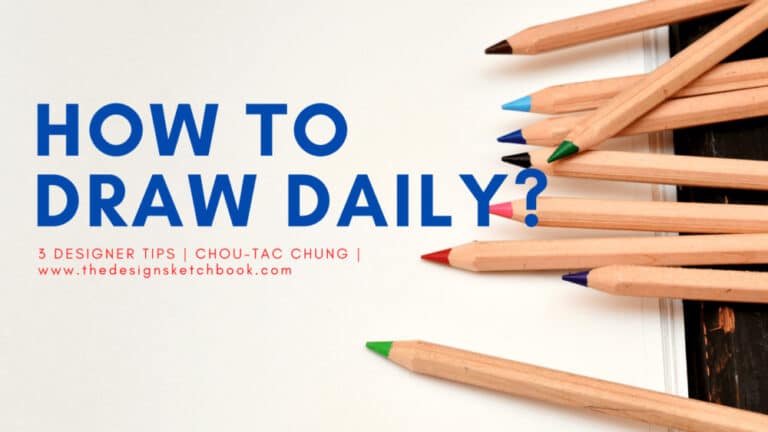
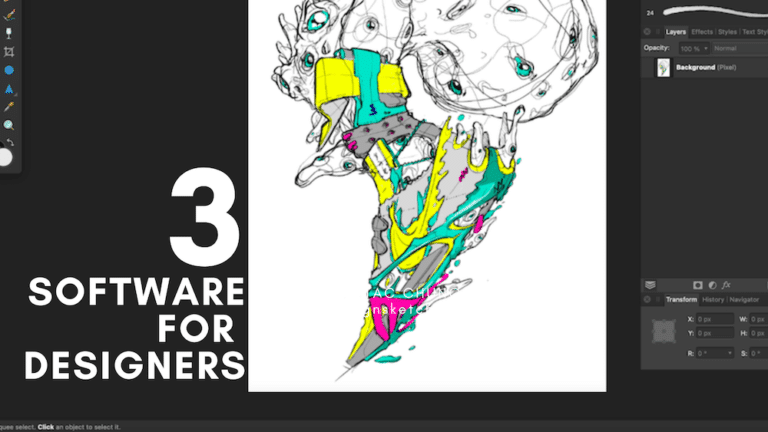
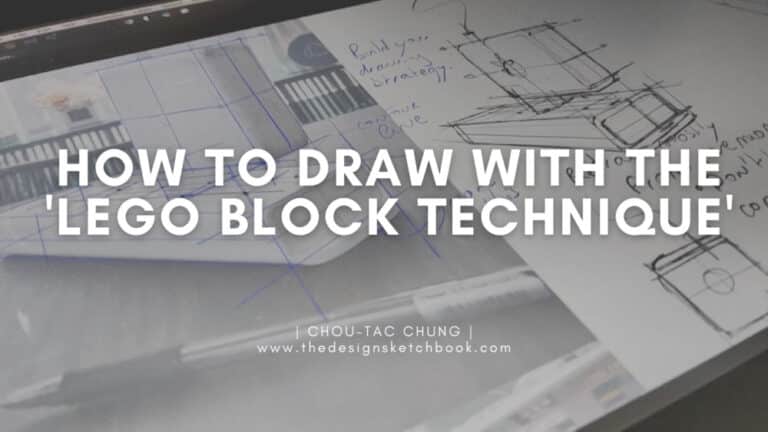
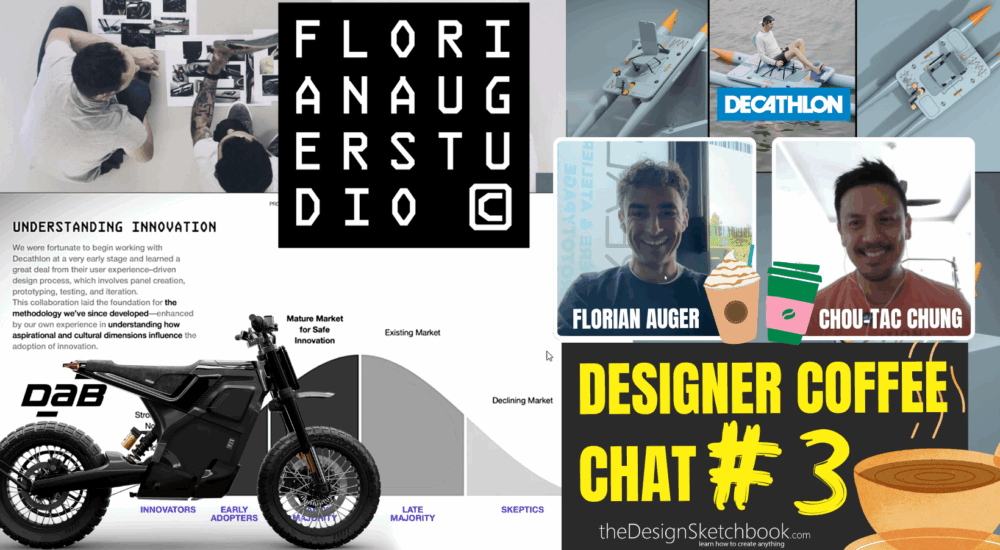
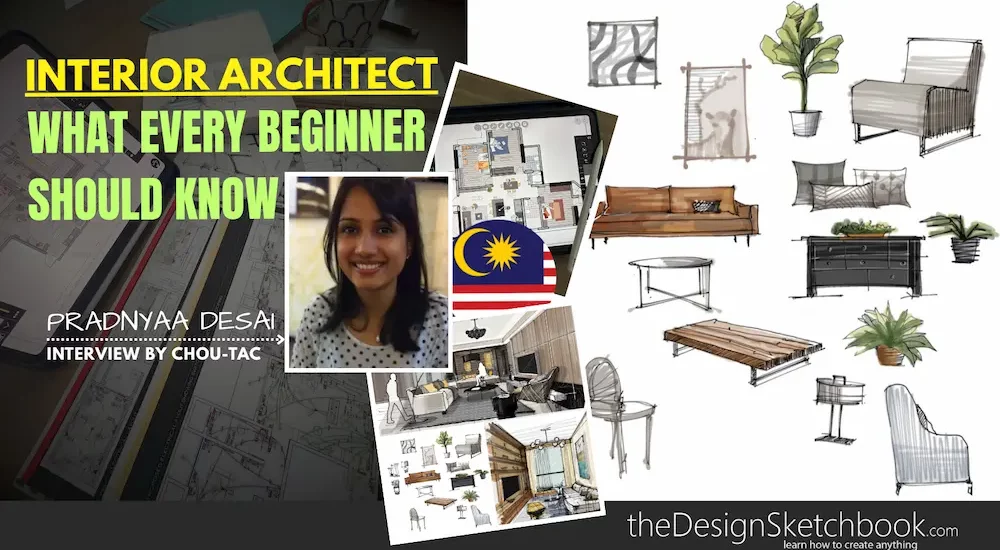
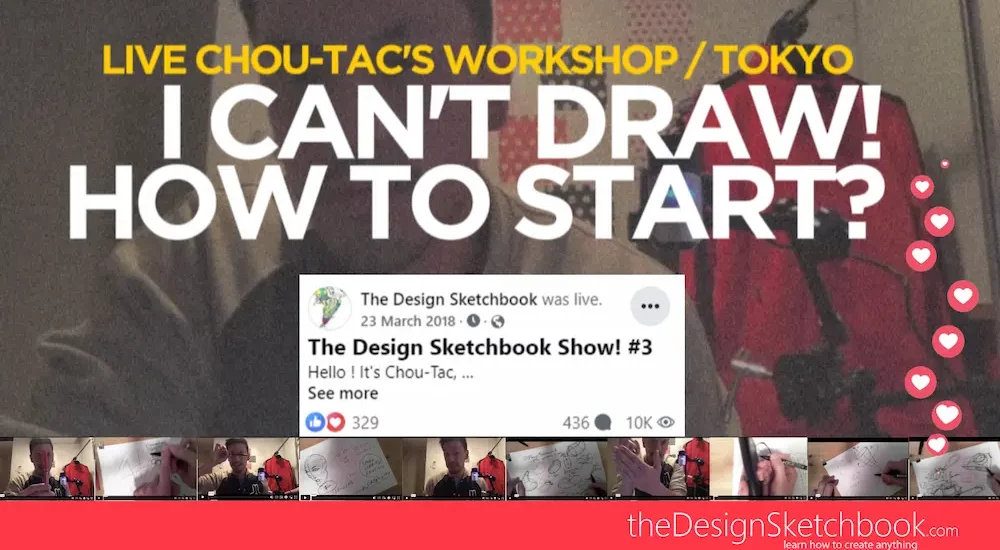
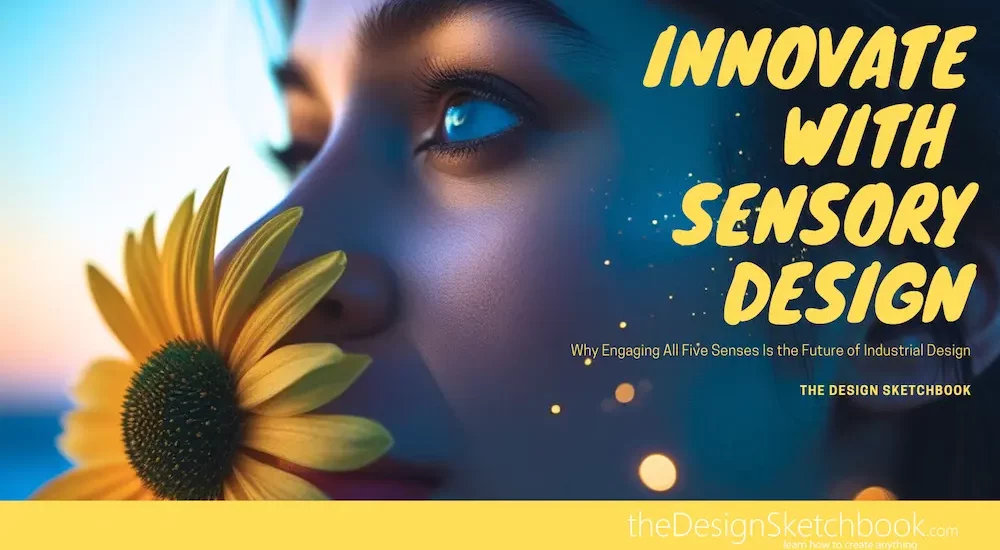
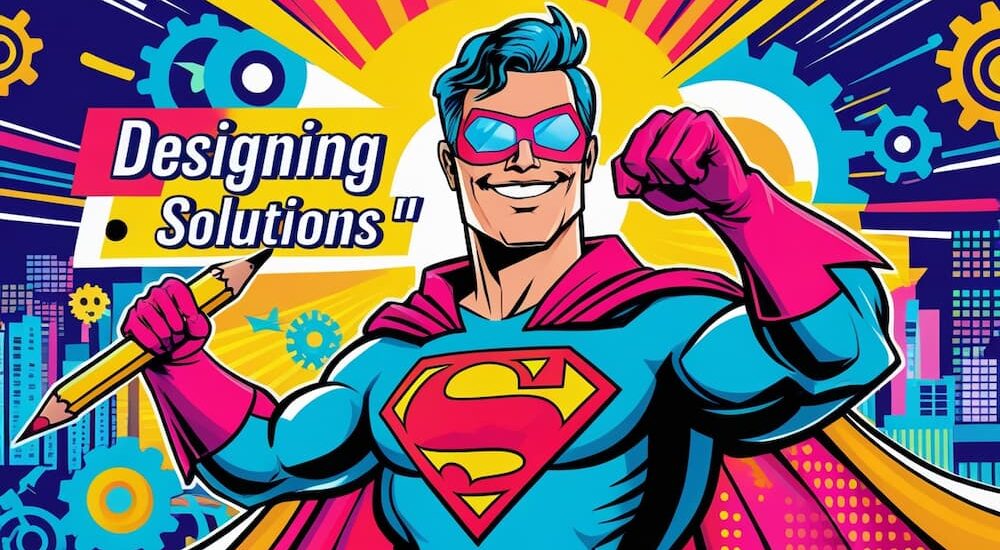
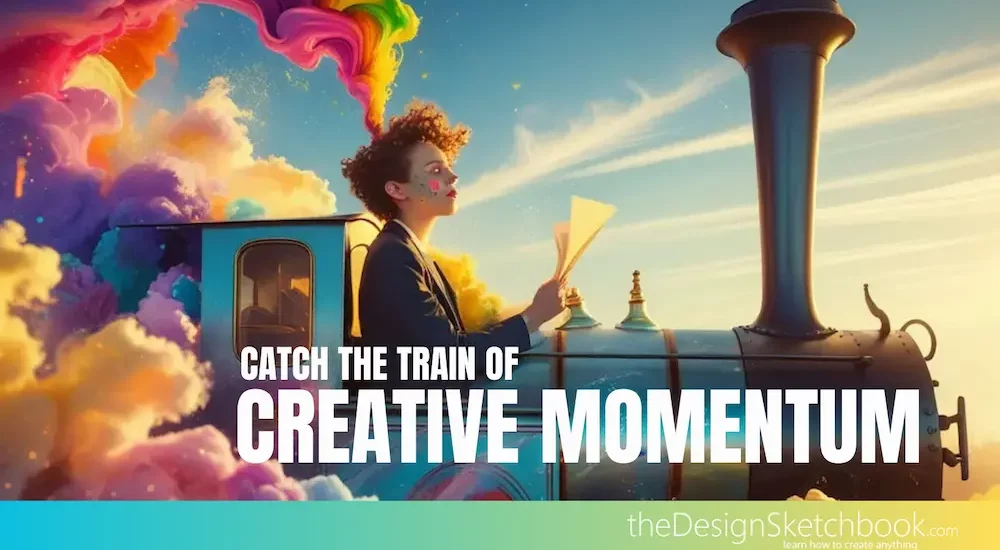
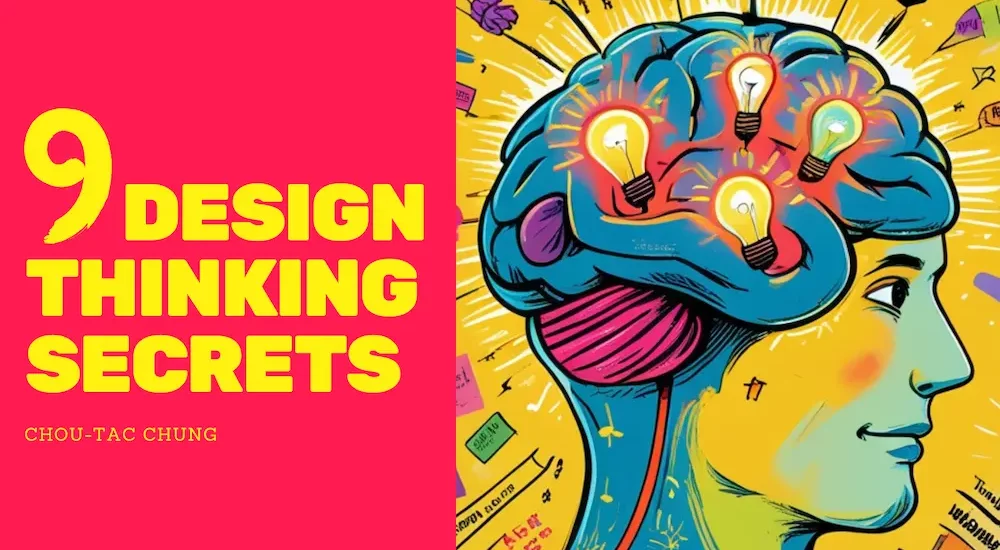
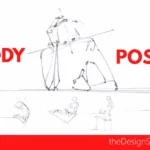
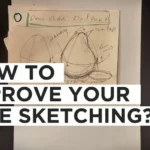

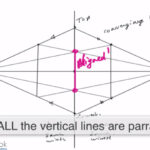
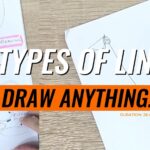
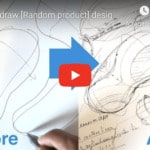
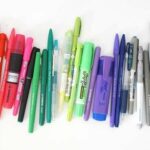

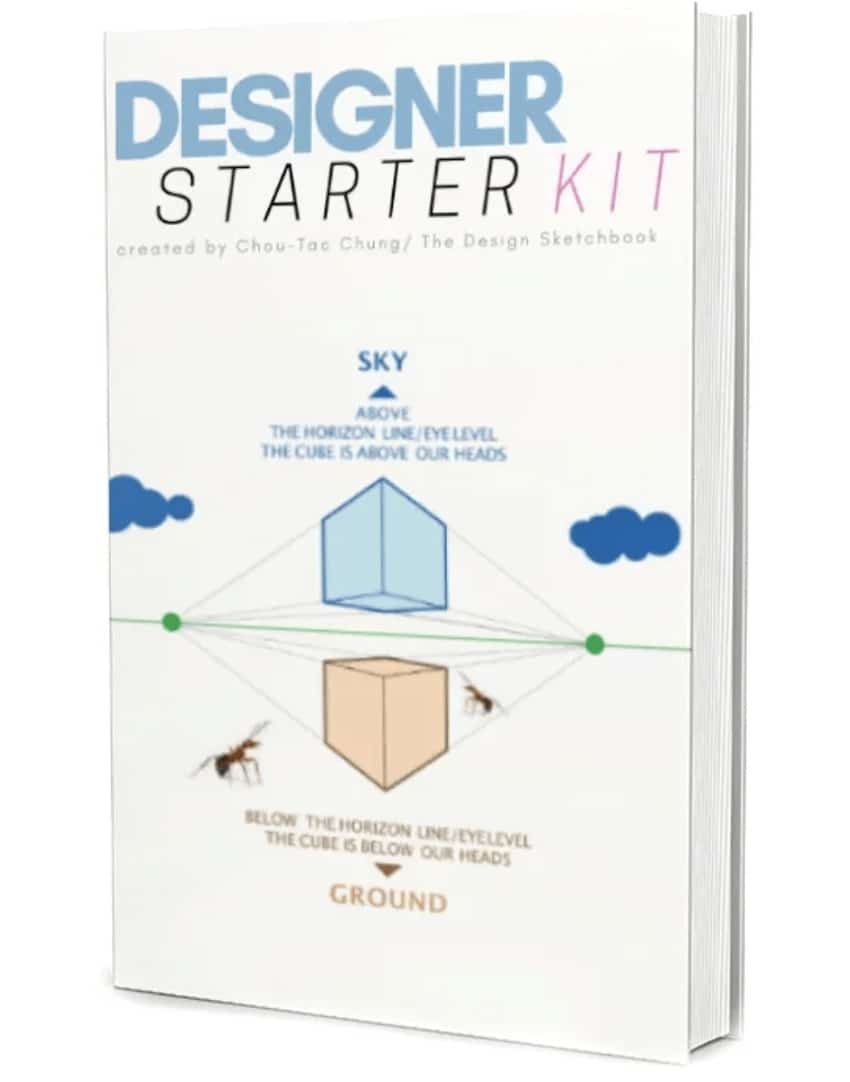
[…] were designing in the dark, hoping our 1st idea would land somewhere good. Sometimes we’d say, “It’s for everyone to use!” but that just meant it was for no one in […]
[…] days, your head is full of ideas; other days, you feel lethargic. These swings provokes fatigue and may make you feel insecure at […]
Hello Chou-Tac,
great article, but I want to ask about research how do I research? and what exactly to research? because I am a total beginner in the product design world.
Thanks a lot :))